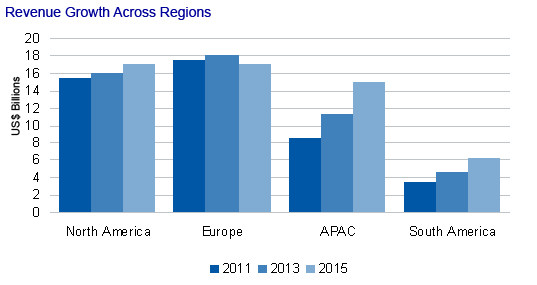Brokerage Processing Industry: Living in Interesting Times
Abstract
The brokerage processing industry has had to cope with the impact of a turbulent global economy and volatile capital markets in the last few years. There has also been consolidation in the industry since the financial crisis. Some firms have been unable to compete in this more complex environment.
In a new report, Brokerage Processing Industry: Living in Interesting Times, Celent analyzes the current environment for brokerage processing and studies the evolving manner in which the industry is addressing its processing needs. Besides the impact of the financial crisis, the market has become more sophisticated in its approach, and the decision on how to undertake processing can differ for different geographical regions and asset classes within the same firm. There are many options, and technology has played an important part in this development.
Leading regulatory issues include the impact of Dodd-Frank Act in the US and European Market Infrastructure Regulation (EMIR) in Europe. For Asia, issues such as jurisdictional arbitrage and fragmented regulation are more prominent. In terms of clearing and settlement revenues for the leading regional markets, the Asia-Pacific market is expected to grow most rapidly in the next few years. By contrast, the implementation of T2S and interoperability will mean that there would be some stagnation in revenues in Europe. North America would continue to remain an important market, while Latin America will also develop critical mass.

“The brokerage processing market is a highly competitive, scale business with tight margins,” says Anshuman Jaswal, Celent Senior Analyst and author of the report. “This explains the industrialization and consolidation phase that this market is undergoing.”
The report begins with a look at brokerage volumes and revenues and the recent trends in clearing outsourcing. The next section looks at the choice of various clearing arrangements used by broker-dealers and the breakdown between self-clearing and third party clearing in the leading regional markets. This is followed by a look at the various procedural issues that arise in back office processing and a discussion of the provider landscape for clearing outsourcing. Finally, we consider the recent regulatory developments, including the T2S in Europe.

